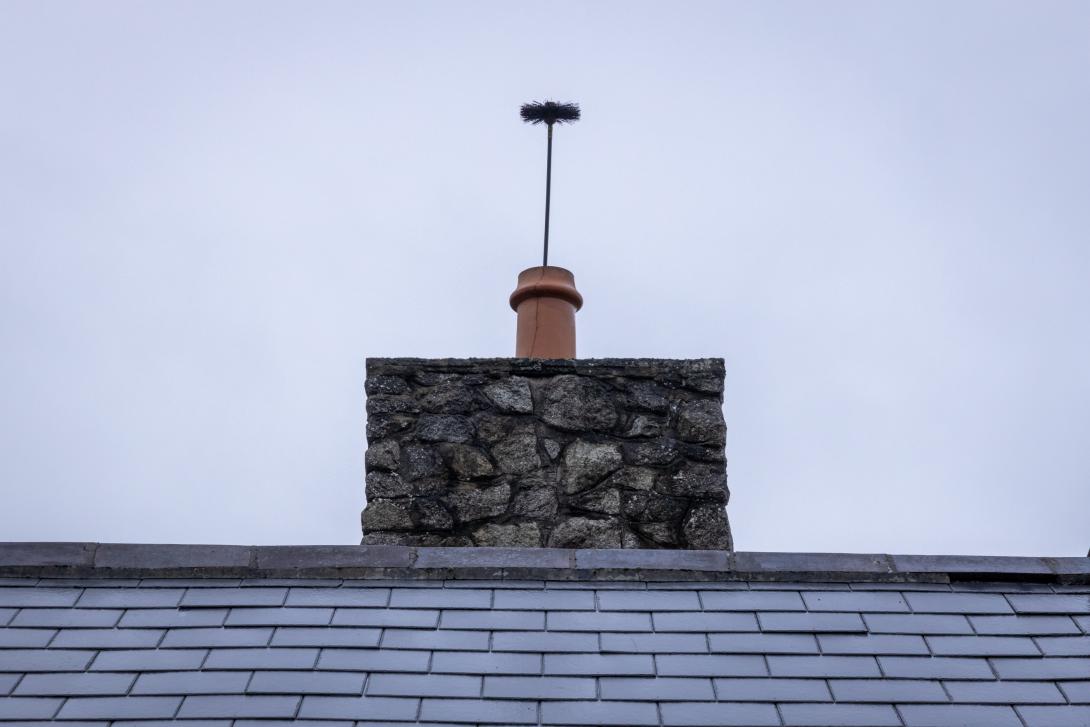Chimney fires
Did you know?
- Last year chimney fires in licensed premises were one of the most common incidents attended by Kent Fire and Rescue Service.
- Nearly all those fires were caused due to a build up of debris in the chimney and failure to get it swept.
- Fires of this nature can smoulder undetected for some time and present serious risk to you and your business. Before you use your chimney, it is essential to ensure it has recently been swept. Whatever fuel you burn, it is important that the chimney is kept clean and you do not allow soot or ash to build up.
Reducing the risk
It is also important to avoid storing too much in the roof space of your premises, especially near the chimney breast, as this can be a potentially serious fire hazard.
When fire takes hold in a chimney the bricks in the roof space can become very hot - hot enough to start a smouldering fire that can set light to any combustible material placed near it. Effectively, what you store in your roof could become fuel for a larger fire.
Another danger is carbon monoxide, which can escape from any appliance which burns fossil fuels, such as gas, coal, wood or oil. If you have a faulty appliance, or your property is not correctly ventilated or the chimney or flue is blocked, you risk carbon monoxide poisoning.
It is vital to recognise that an open fire is a source of ignition and therefore should be identified as such within the premises fire risk assessment - failure to do so could lead to inadequate control measures being in place.
Follow these simple steps to protect yourself, your staff, your customers and your business from a chimney fire:
- have your chimney professionally swept at least once a year, ideally before use - more frequently for wood (quarterly) and coal (twice a year).
- make sure the appliance receives enough air to allow the fuel to burn properly.
- only burn suitable fuels (such as properly seasoned wood).
- never use petrol or paraffin to light your fire.
- do not overload the grate/appliance.
- maintain your appliance in accordance with the manufacturer's instructions.
- use a fire or spark guard to prevent accidental fires.
- inspect your chimney breast, particularly the roof space. Make sure that it is sound and that the sparks or fumes cannot escape through cracks or broken bricks.
- avoid storing items in the roof space close to your chimney.
- consider having a carbon monoxide detector fitted as an additional safeguard against the build up of poisonous fumes.
- ensure your property has a working smoke/fire alarm.
- ensure your fire risk assessment is up to date and fully comprehensive.
How to avoid carbon monoxide poisoning
- have your appliances installed and regularly serviced by a qualified engineer.
- all gas appliances should be installed and regularly serviced by a Gas Safe (formerly CORGI) registered engineer.
- ensure your property is ventilated - never block vents.
- make sure all chimneys are regularly swept and flues are kept clear.

Clean sweep alert
Get a free email reminder about having your business' chimneys swept.